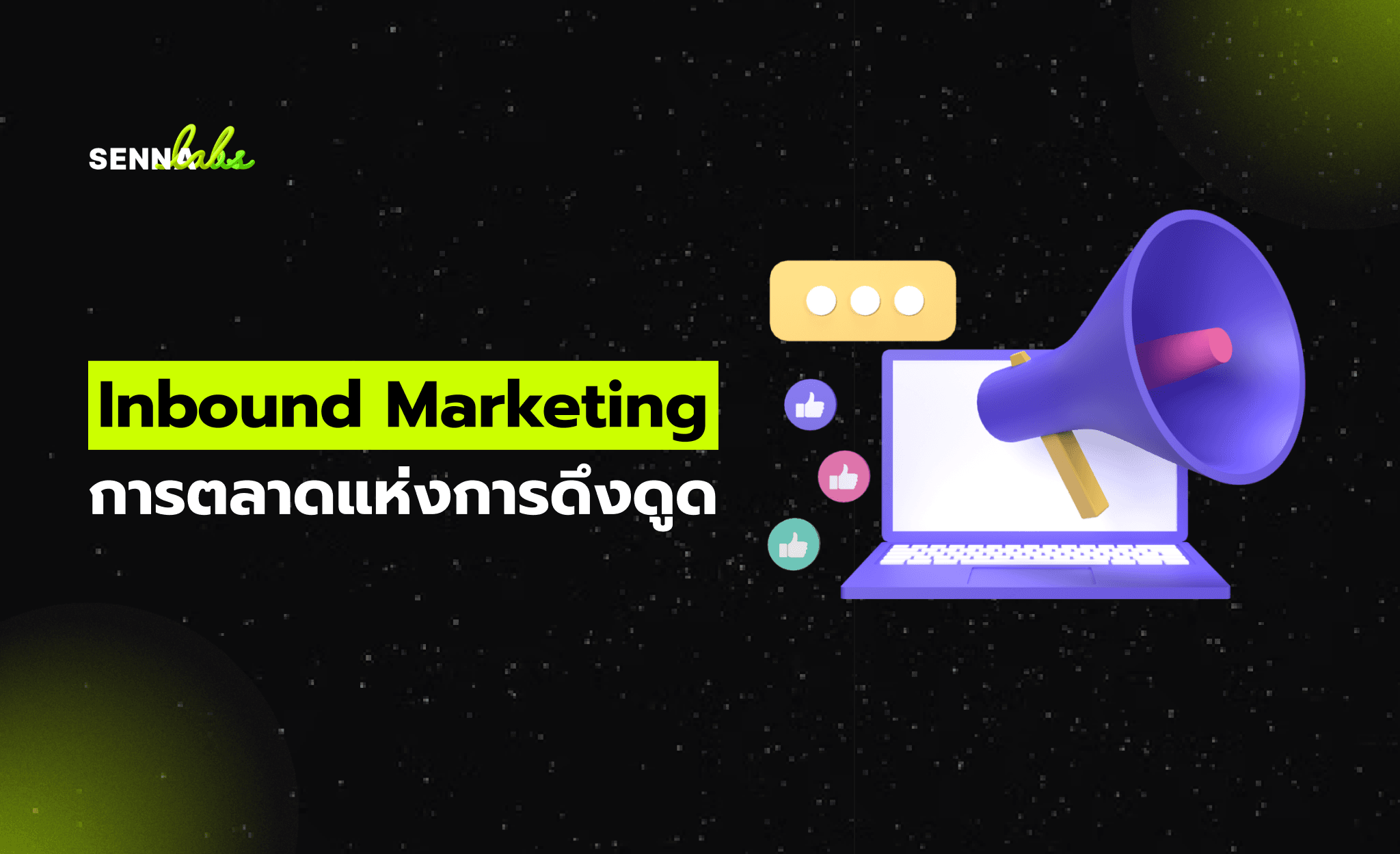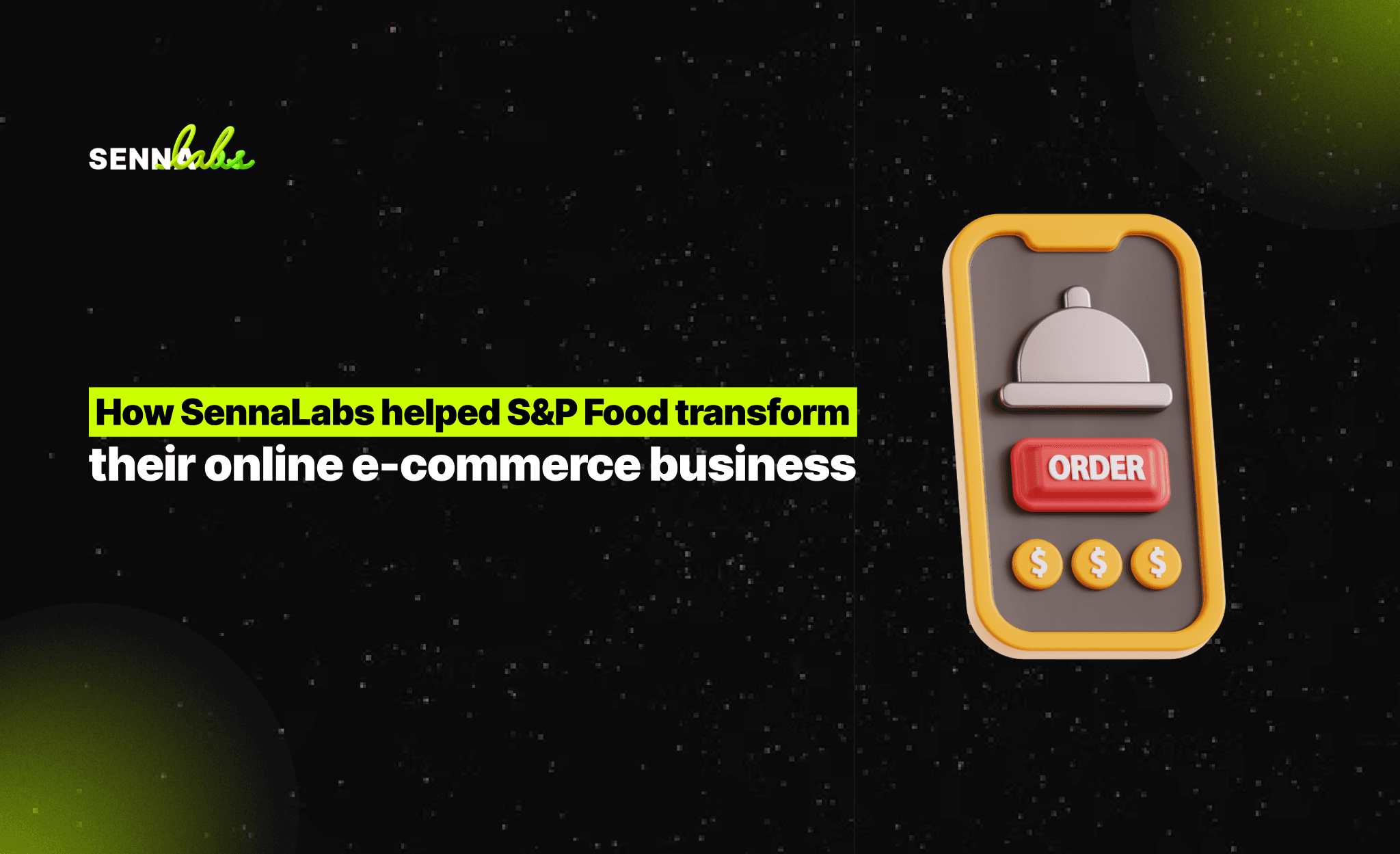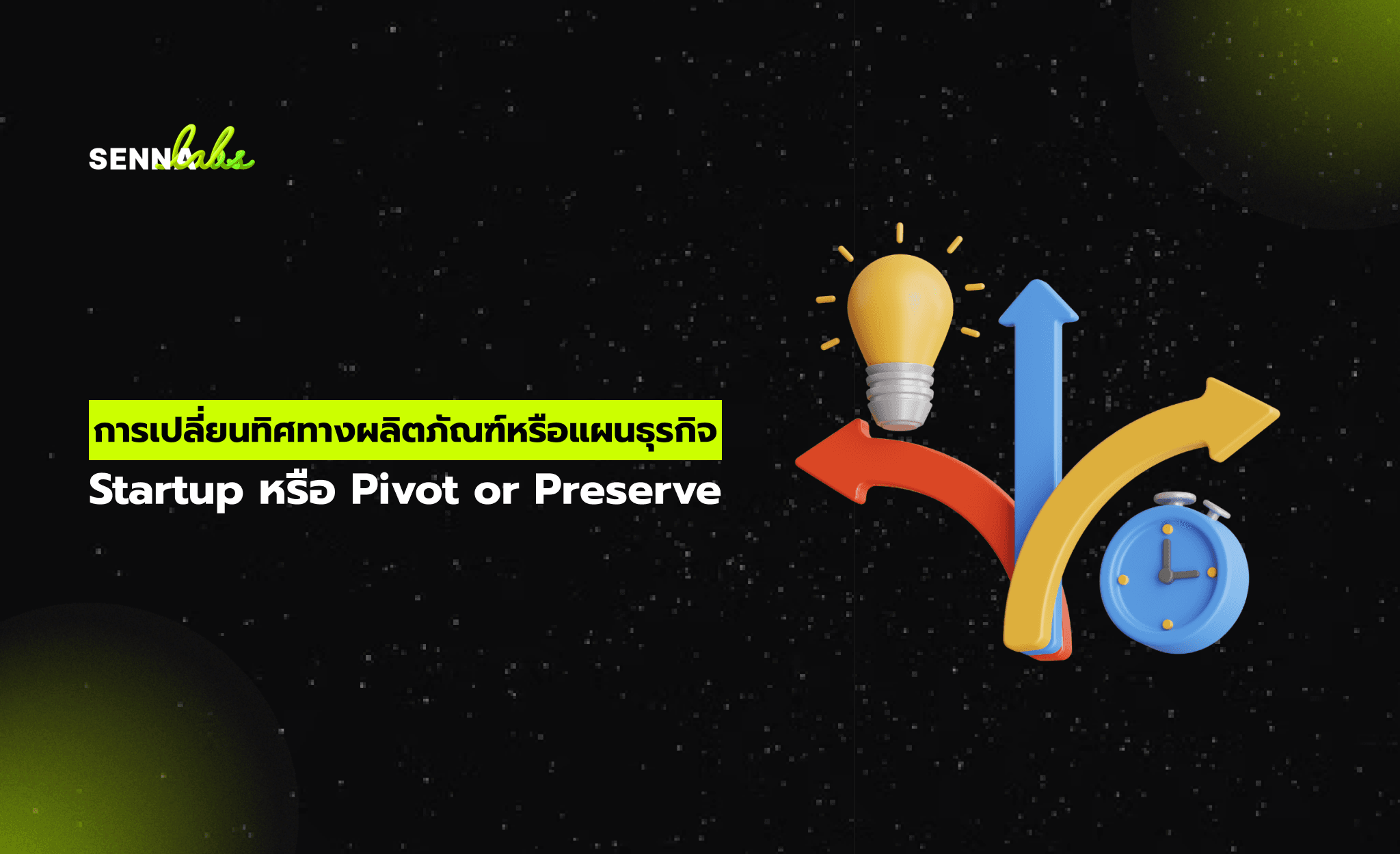How to Write Content for Easy Reading: Fast, Simple, and Effective

In today’s fast-paced digital world, reading habits are changing. With the abundance of online content, users no longer want to spend time reading lengthy paragraphs. Instead, they want information that is quick to consume, easy to understand, and visually engaging. Whether you’re creating product descriptions, blog posts, or course content, ensuring that your writing is scannable and concise is crucial for keeping users engaged.
This article will explore how to write content that is easy to read, why it matters in the context of user engagement, and how a simple redesign of content helped an online course platform see a 35% increase in content completion and higher enrollments.

Why Easy-to-Read Content is Critical
1. Shorter Attention Spans
Modern readers often skim content rather than reading every word. According to studies, most people read only 20% of a page’s content. This means that if you want to capture their attention, your content must be structured for quick scanning.
2. Mobile Usage
With more people browsing on mobile devices, shorter, simpler content is a necessity. Long paragraphs and complex sentences are hard to read on small screens. Mobile users often scan content in search of key information or actionable steps.
3. Improved Engagement
When users find content easy to read, they are more likely to continue browsing, share your content, or take the desired action (e.g., sign up, purchase, enroll). On the other hand, dense, hard-to-read content leads to higher bounce rates and low engagement.
4. SEO Benefits
Search engines, especially Google, favor well-structured, readable content. Clear formatting, use of headings, and easy-to-digest information contribute to better rankings on search engine results pages (SERPs). Additionally, Google’s algorithms evaluate user engagement metrics such as time on page and bounce rate, which are influenced by readability.
Best Practices for Writing Easy-to-Read Content
1. Use Short Paragraphs
Long paragraphs are intimidating. Break your content into smaller, digestible chunks. Aim for paragraphs with no more than 3-4 sentences each. This makes it easier for users to follow and digest the information.
2. Write in Bullet Points
Bullet points help to quickly convey key ideas, benefits, and features. They are ideal for lists, steps, or summaries. Bullet points are also easier to scan than large blocks of text.
Example:
-
Course highlights:
-
Learn at your own pace
-
Access exclusive resources
-
Receive a certificate upon completion
3. Use Headings and Subheadings
Headings break the content into sections and provide a roadmap for the reader. They help users find what they’re looking for quickly. Use descriptive and keyword-rich headings to improve both readability and SEO.
Example:
-
“What You Will Learn” instead of “Course Details”
-
“How to Get Started” instead of “Getting Started with the Course”
4. Incorporate Visuals
Icons, images, and infographics can simplify complex concepts and make your content visually appealing. They also enhance understanding and help break up text-heavy sections.
Tip: Use simple icons to represent concepts like “time commitment,” “level of difficulty,” or “main features.”
5. Be Concise and Direct
Eliminate unnecessary words. Avoid using long-winded explanations when a simple phrase will do. People want information quickly, so make your writing concise without sacrificing clarity.
Example:
-
Instead of: “This course will teach you how to enhance your writing skills and become a better writer.”
-
Write: “Master writing skills in this course.”
6. Avoid Jargon
Keep the language simple. Avoid using industry-specific jargon or technical terms unless absolutely necessary. If you do need to use specific terms, define them briefly.
Real Case: Online Course Platform Boosts Engagement with Simpler Content
An online course platform, which offered a range of professional development courses, had high traffic but low course completion rates. The course descriptions were long and text-heavy, making it difficult for users to quickly understand the key benefits of enrolling.
The Problem:
-
Course descriptions were too long and detailed, causing users to lose interest before finishing.
-
Important course features and benefits were buried within paragraphs.
-
The sign-up process was lengthy, and many users abandoned the page before completing the form.
The Solution:
-
Simplified course descriptions by shortening text, using bullet points to highlight key benefits, and adding icons next to each feature (e.g., a clock icon to represent "self-paced").
-
Implemented a progress bar on each course page to show the user how much content was left to view.
-
Added a clear call-to-action (CTA) button at the top of the page and again at the bottom, making it easier to sign up or enroll.
The Results:
-
Content completion rates increased by 35% within the first month after the changes.
-
The simplified course descriptions made it easier for users to find the information they were looking for, leading to a higher number of sign-ups.
-
Bounce rates dropped, as users found the content more engaging and easier to digest.
The main takeaway was that the platform didn’t need to create more content—it just needed to make it more digestible and user-friendly.
Additional Tips for Making Content Skim-Ready
1. Use Strong, Action-Oriented Headlines
Your headlines should grab attention and clearly convey the value of the content beneath them. Instead of a generic “Course Overview,” go with something more engaging like “Unlock Your Potential with Our Expert-led Writing Course.”
2. Prioritize the Most Important Information
Place the most critical information at the beginning of the page. If users only skim, make sure they get the main idea.
3. Provide Scannable Summaries
After each section, add a short summary or key takeaway for users who want to get the gist quickly.
4. Optimize for Mobile
Ensure that all content is easy to read on mobile devices. Since many users access websites through their phones, make sure text is legible and well-formatted for smaller screens.
Conclusion: Simplicity Drives Engagement
Writing for easy reading doesn’t mean sacrificing depth or quality—it’s about removing barriers to comprehension and making the content more accessible. With shorter paragraphs, clear headings, and meaningful visuals, your users will not only engage with your content more, but they will also take the next steps you want them to take.
For businesses that rely on user engagement—whether in e-commerce, education, or services—content simplicity is a win for both the user and the bottom line.


Subscribe to follow product news, latest in technology, solutions, and updates
Other articles for you



Let’s build digital products that are simply awesome !
We will get back to you within 24 hours!Go to contact us Please tell us your ideas.
Please tell us your ideas.







